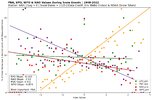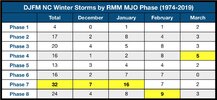It's officially time for winter! So, as we head into December, what do we see? Not a horrible look. Depending on how blocking continues to evolve, cold air could easily make it into the SE.
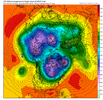
The EPS is similar, FWIW.
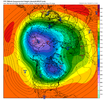
I checked the MJO and the ECWMFMFMF (GFS similar) shows it hitting a wall at P8, sending it into the COD for a quick loop.
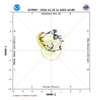
The BOMM is much more robust, but it has been overzealous the past few years, so I would discount it.
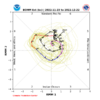
Models continue to show trough bases cut off, forming ULLs in the eastern Pacific. The evolution of these will impact ridging along the west coast. This will obviously be worth watching.
Anyway, it doesn't look too cold for the SE over the next couple of weeks, which is honestly not something to worry too much about. With the right blocking evolution and a little help out west, it won't be hard to get cold here.
The SPV is not too strong as we move into December, which is good. All in all, things could look and have looked a whole lot worse as we transition into meteorological winter.
Happy December!

The EPS is similar, FWIW.

I checked the MJO and the ECWMFMFMF (GFS similar) shows it hitting a wall at P8, sending it into the COD for a quick loop.

The BOMM is much more robust, but it has been overzealous the past few years, so I would discount it.

Models continue to show trough bases cut off, forming ULLs in the eastern Pacific. The evolution of these will impact ridging along the west coast. This will obviously be worth watching.
Anyway, it doesn't look too cold for the SE over the next couple of weeks, which is honestly not something to worry too much about. With the right blocking evolution and a little help out west, it won't be hard to get cold here.
The SPV is not too strong as we move into December, which is good. All in all, things could look and have looked a whole lot worse as we transition into meteorological winter.
Happy December!
Last edited:

